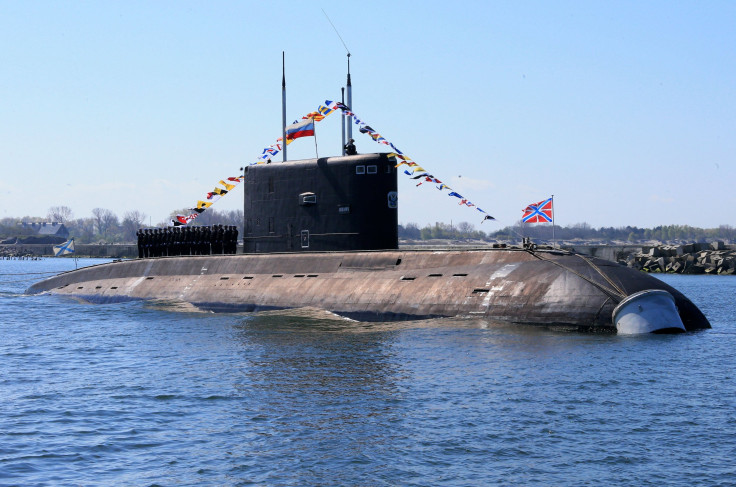India Set To Hand Over Submarine To Myanmar To Counter China
KEY POINTS
- India is set to turn over a Russian-made submarine to Myanmar
- The impending transfer is seen as a boost to the bilateral defense cooperation between India and Myanmar to keep China and other militant groups at bay
- The Indian Navy has been training Myanmar sailors in an Indian submarine school prior to the lease of INS Sindhuvir
India will soon turn over a Russian-made submarine to Myanmar making it the first-ever commissioned submarine for the country formerly known as Burma. The impending transfer is seen as a boost to the bilateral defense cooperation between the two countries and it supports India’s policy to countermeasure any action China may take with Myanmar.
In what seems like a game of submarine musical chairs, Myanmar also plans to buy similar Kilo-class submarines from Russia. Previously, Bangladesh inducted two Ming-class submarines from China in 2016 and is planning to construct a submarine base in Cox’s Bazar, a town on the southeast coast of Bangladesh, with China’s assistance.
The submarine, a 3,000-ton vessel named the INS Sindhuvir, is 31 years old but has been well maintained with regular refits in India and Russia. It has undergone work to modernize it in the Hindustan Shipyard Limited in Visakhapatnam.
According to some sources, Myanmar will use the boat to train its soldiers in a way like how parents may buy an older car with a few dents for their teenager to learn how to drive. In this case, the “lessons” will be in the complex art of underwater combat operations. That training is to occur sometime in 2020.

Some training has already occurred prior to the lease of INS Sindhuvir. The Indian Navy has been training Myanmar sailors in an Indian submarine school, INS Satavahana in Vizag. In Yangon (a city in Myanmar formerly known as Rangoon), India has been sending mobile units to help train sailors.
With a shared land border of over 1600 km, as well as a shared maritime border, Myanmar and India have China looming to the north. Their shores make up most of the coastline in the Bay of Bengal. India’s former prime minister Manmohan Singh became the first Indian PM in 25 years to visit the country in May of 2012. Since then, India has worked to increase cooperation on all fronts with its neighbor to the east.
China is usually the first reason for any country in the area to ramp up its military but in this case, India and Myanmar share a common enemy in the various insurgent groups that plague the two countries. The Times of India reported in January that several insurgent bases were destroyed and many militants were arrested under a joint effort known as “Operation Sunrise.”
Myanmar’s army is already fighting against Indian insurgent groups like NSCN (Khaplang), ULFA (I) and NDFB (S) as well as Myanmarese outfits like Arakan Army and Kachin Independence Army.
The Indian Army and Assam Rifles, the oldest paramilitary force of India, have reinforced their positions with additional forces and aerial surveillance along the border to apprehend fleeing militants.
In addition to the submarine, India is supplying other military support to Myanmar in the form of maritime patrol aircraft and naval gunboats, light artillery guns, mortars, grenade launchers, and rifles plus some armaments and electronic equipment.
© Copyright IBTimes 2024. All rights reserved.




















